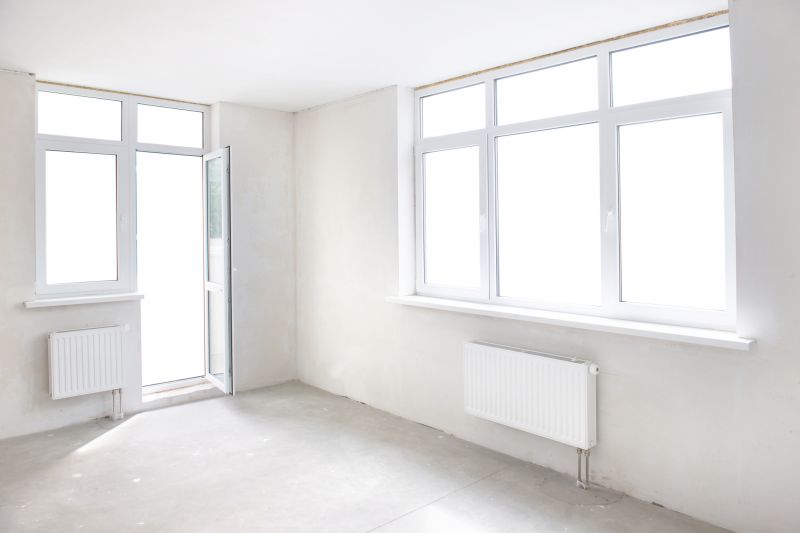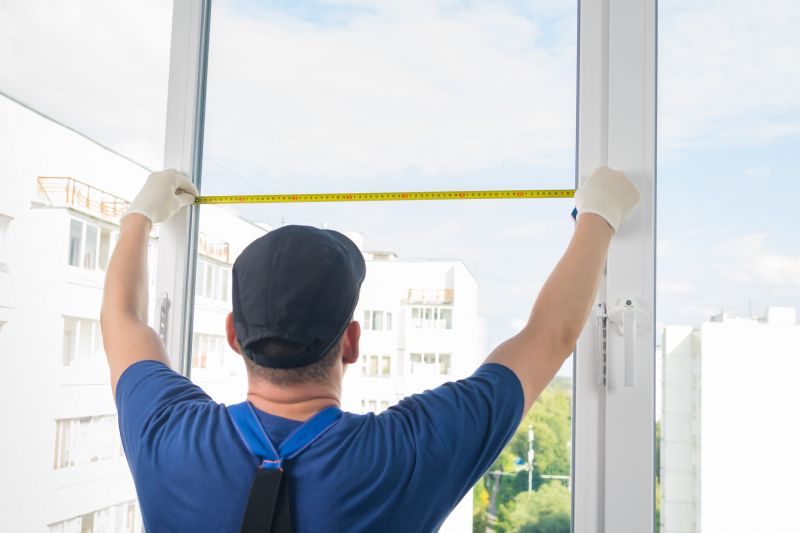Optimal Timing for Window Installations
Typically, the ideal time for Windows installations is during periods of low activity, such as early mornings, late evenings, or weekends. These times help reduce interference with daily operations and allow for dedicated setup and troubleshooting. Additionally, scheduling during off-peak seasons can lead to more flexible appointment times and potentially lower costs.
Scheduling Windows installations during off-peak seasons, such as late fall or winter, can lead to quicker service and less waiting time due to lower demand.
Choosing evenings or weekends minimizes disruption to daily business activities and allows for focused installation without interference.
Timing installations before busy periods or fiscal year ends ensures systems are updated and ready for increased activity.
Utilizing planned maintenance periods ensures minimal impact on operations and allows for comprehensive setup.

An office environment with technicians working during off-hours.

A calendar highlighting low-demand periods for installations.

Technicians preparing equipment during scheduled downtime.

Ways to make Windows Installations work in tight or awkward layouts.

Popular materials for Windows Installations and why they hold up over time.

Simple add-ons that improve Windows Installations without blowing the budget.
| Timing Consideration | Recommended Period |
|---|---|
| Avoid peak business hours | Early mornings, late evenings, weekends |
| Schedule during low demand | Late fall, winter |
| Align with business cycles | Before busy seasons or fiscal year-end |
| Utilize maintenance windows | Scheduled company maintenance periods |
| Plan ahead | Several weeks in advance for better availability |
Windows installations involve configuring operating systems to ensure compatibility, security, and performance. Proper timing ensures minimal disruptions and allows for thorough testing and setup. An effective schedule considers business operations, staff availability, and seasonal demand to optimize the installation process.
Statistics indicate that scheduling during off-peak times can reduce installation costs by up to 20% and decrease downtime significantly. Planning ahead also allows for better resource allocation and reduces the risk of delays. Proper timing contributes to smoother transitions and ensures that systems are up and running efficiently.

Technicians preparing for scheduled Windows installation.

Calendar with planned installation dates marked.

IT professionals configuring systems during scheduled time.

System testing and verification after setup.

High-end options that actually feel worth it for Windows Installations.

Finishes and colors that play nicely with Windows Installations.

Little measurements that prevent headaches on Windows Installations day.

A 60-second routine that keeps Windows Installations looking new.
Individuals interested in scheduling Windows installations are encouraged to contact for planning assistance. Proper timing ensures a seamless transition and optimal system performance, making it a vital step in the setup process.

